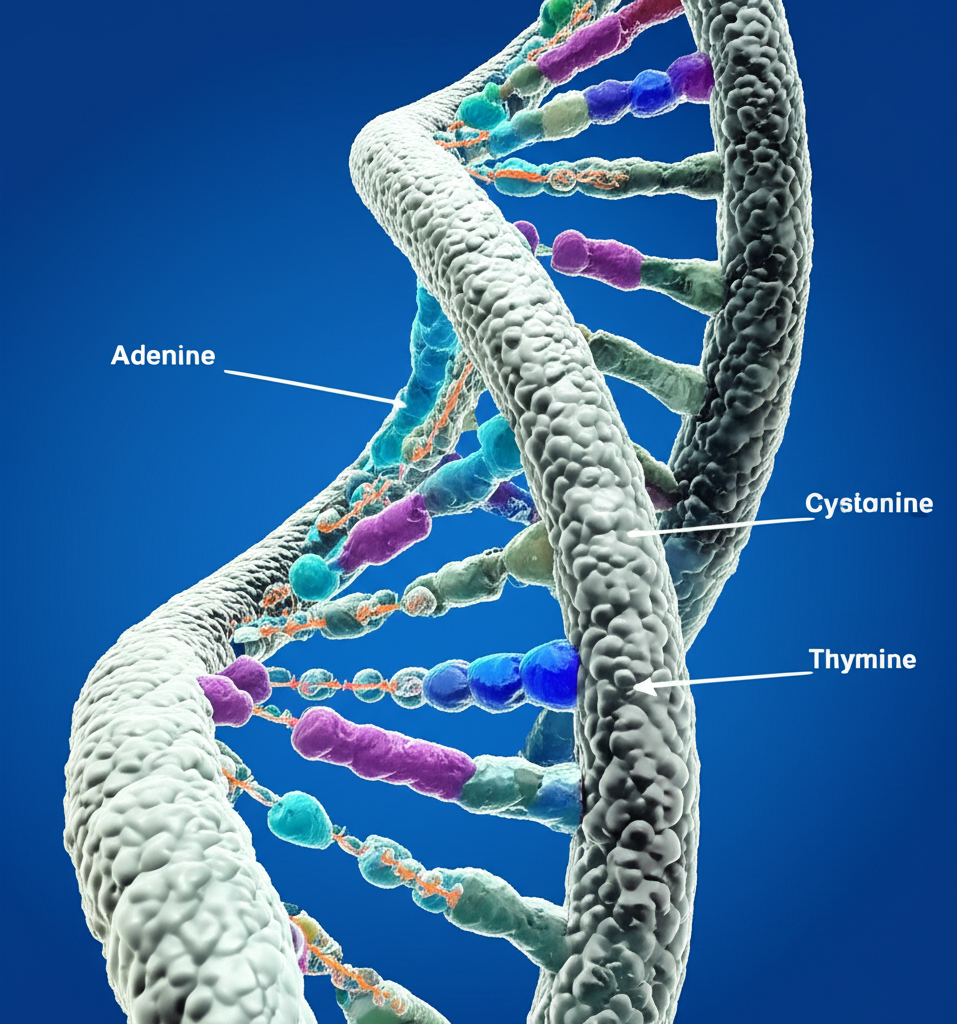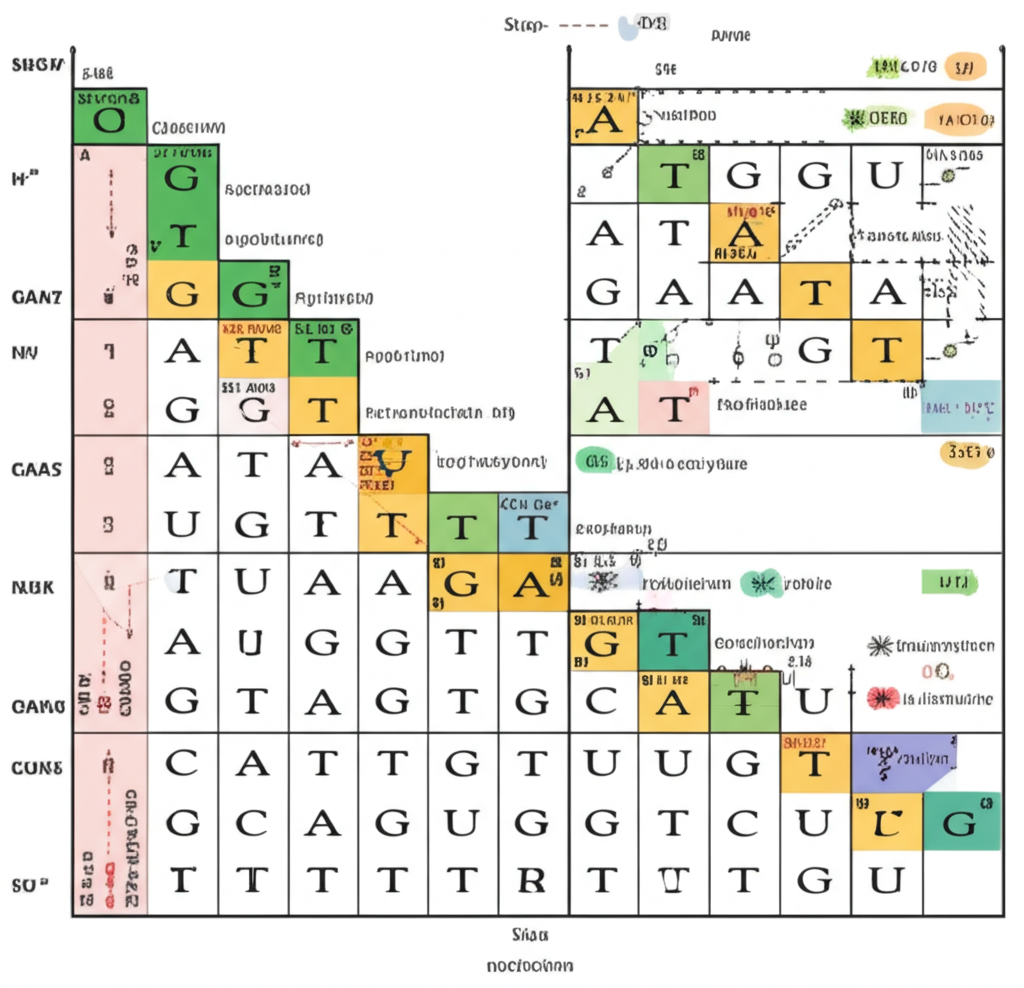
Categories: Genetics, Education, Science
Tags: codon learning, genetics, DNA translation, RNA, protein synthesis, molecular biology, codons
Introduction to Codon Learning
Codon learning is a fundamental aspect of genetics that plays a crucial role in the process of translating genetic information into proteins. Codons, which are sequences of three nucleotides in messenger RNA (mRNA), serve as the basic units of genetic code. Understanding how codons work is essential for students and professionals in the fields of biology, biotechnology, and medicine. In this comprehensive guide, we will explore the significance of codon learning, methods to master it, and its applications in modern science.

What is a Codon?
A codon is a sequence of three nucleotides in mRNA that corresponds to a specific amino acid or a stop signal during protein synthesis. There are 64 possible codons in the genetic code, which include:
- Start Codon: AUG (Methionine)
- Stop Codons: UAA, UAG, UGA
- Amino Acid Codons: Each of the remaining 61 codons corresponds to one of the 20 amino acids.
The Genetic Code Table
| Codon | Amino Acid | Codon | Amino Acid |
|---|---|---|---|
| UUU | Phenylalanine | CUU | Leucine |
| UUC | Phenylalanine | CUC | Leucine |
| UUA | Leucine | CUA | Leucine |
| UUG | Leucine | CUG | Leucine |
| AUG | Methionine | GCU | Alanine |
| UAA | Stop | UAG | Stop |
| UGA | Stop | GUA | Valine |

The Importance of Codon Learning
Understanding codons is vital for several reasons:
- Protein Synthesis: Codons directly influence the synthesis of proteins, which are essential for all biological processes.
- Genetic Disorders: Mutations in codons can lead to diseases, making it crucial for researchers and clinicians to grasp codon functionality.
- Biotechnology Applications: Codon optimization is a key technique in designing genes for various applications, including gene therapy and vaccine development.
How to Master Codon Learning
1. Utilize Mnemonics
Using mnemonic devices can help remember the codons and their corresponding amino acids. For example, for the codon AUG (Methionine), you can think of "AUGust" as the month when you begin your journey in protein synthesis.
2. Practice with Flashcards
Flashcards can be an effective tool for memorization. Create a set of cards with the codon on one side and the corresponding amino acid on the other. Regular practice will reinforce your learning.
3. Engage in Active Learning
Participate in labs or online simulations that allow you to see codon translation in action. Tools like virtual genetics labs can help visualize the process of protein synthesis.
4. Group Study
Form study groups with peers to discuss and quiz each other on codons. Explaining concepts to others can deepen your understanding.
5. Online Resources and Applications
Leverage online platforms that provide interactive learning experiences, quizzes, and games focused on codons and protein synthesis.

Expert Insight
Dr. Emily Carter, a molecular biologist, states, "Codon learning is not just about memorizing sequences; it's about understanding the intricate dance between DNA, RNA, and proteins that sustain life."
Applications of Codon Learning
- Genetic Engineering: Codon understanding aids in designing genes for modified organisms.
- Synthetic Biology: Codon optimization is crucial in creating synthetic pathways for biofuel production.
- Pharmaceutical Development: Codon usage bias can impact protein expression in therapeutic proteins.
Conclusion
Mastering codon learning is essential for anyone involved in biological sciences. With its significant implications for genetics, biotechnology, and medicine, understanding codons can empower you to tackle complex biological questions and contribute to advancements in the field.
Call-to-Action: Are you ready to dive deeper into the world of genetics? Explore our courses on molecular biology and genetics today to enhance your knowledge and skills!
Social Media Snippet: Unlock the secrets of genetics with our ultimate guide to codon learning! Discover how codons influence protein synthesis and genetic disorders. #CodonLearning #Genetics
Suggested Internal Links:
- Understanding DNA Structure and Function
- The Basics of RNA and Its Functions
- Introduction to Protein Synthesis
Suggested External Links:
FAQs:
What is a codon? A codon is a sequence of three nucleotides in mRNA that specifies an amino acid or a stop signal during protein synthesis.
How many codons are there? There are 64 codons in total, with 61 coding for amino acids and 3 serving as stop signals.
Why is codon learning important? It is essential for understanding protein synthesis, genetic disorders, and applications in biotechnology.
How can I improve my codon learning? Use mnemonics, flashcards, engage in active learning, group studies, and utilize online resources.
What are the applications of codon learning? Applications include genetic engineering, synthetic biology, and pharmaceutical development.